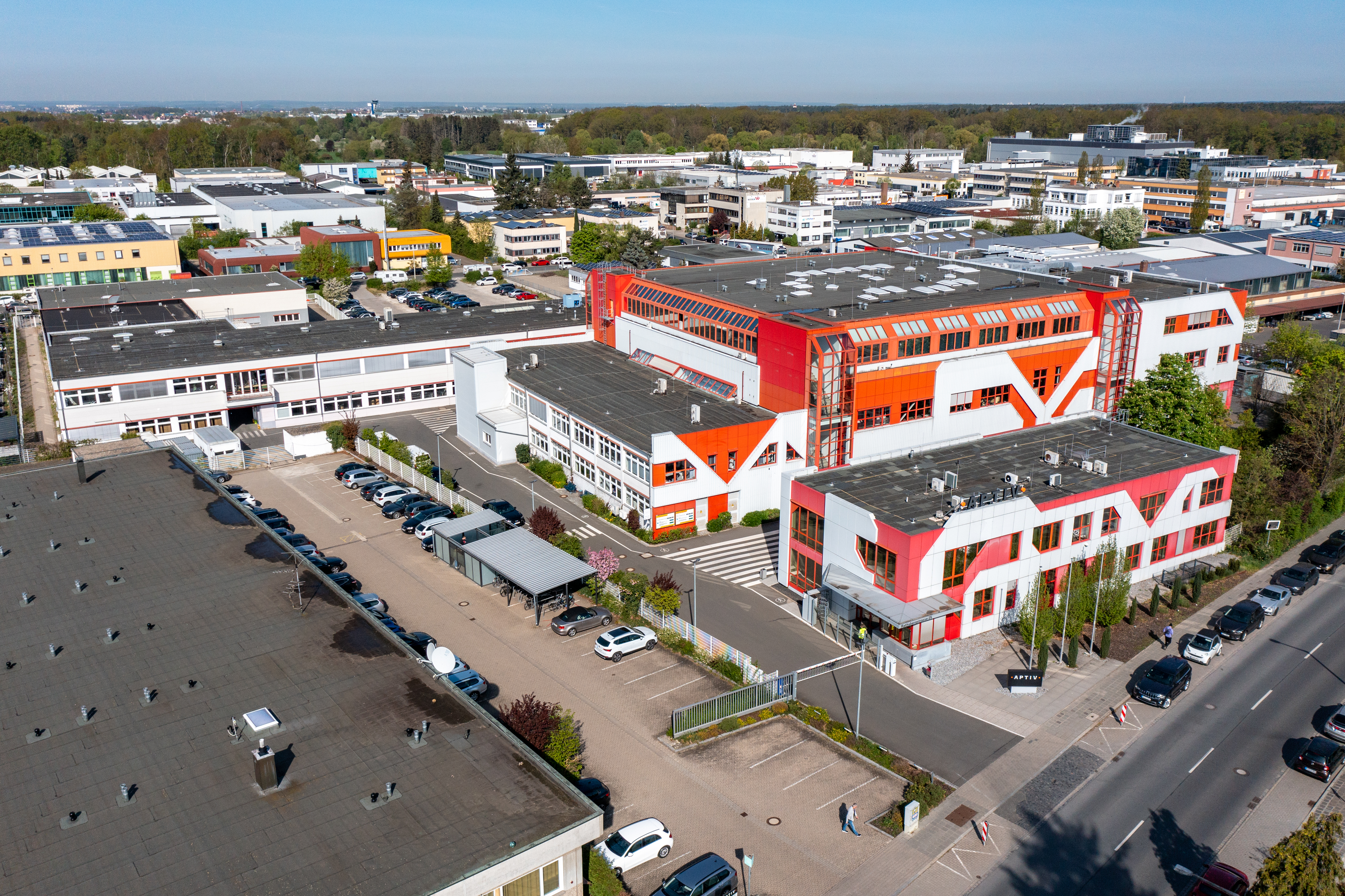What does booming renewable energy mean for Europe’s drive to decarbonise?
Momentum is building among both providers and users of clean energy as Europe chases down its carbon reduction targets
Steadily increasing levels of wind and solar energy are reshaping Europe’s power supply as the drive to achieve a substantial cut in greenhouse gas emissions by 2050 advances.
Growth in solar and wind energy generation led to renewables surpassing fossil fuels in Europe for the first time last year. Solar generation increased by 15 percent and wind power by nine percent, according to jointly compiled data from UK and German thinktanks Ember and Agora Energiewende.
“The decarbonisation drive - a combination of political pressure, new regulation and corporate efforts, has seen investment in clean power sources continue apace,” says Dane Wilkins, head of renewable energy capital markets at JLL, pointing to German investor Commerz Real’s domestic wind farm deals late last year and UK green investment manager Greencoat’s recent activity in Texas and Ireland. “An increasingly wider pool of investors is grasping the long-term, upward trajectory that renewable energy infrastructure is now on.”
Big landlords and corporates are aiming to power up from renewable sources; Aviva Investors has set interim goals for 2025 to invest £2.5 billion in low-carbon and renewable energy infrastructure and buildings while Hammerson is going beyond net zero with the aim to be net positive by 2030.
Globally, corporates bought 18 percent more clean energy in 2020 than in 2019, according to a recent report by BloombergNEF. A record number of 82 Power Purchase Agreements (PPAs) were sold by E-Power in January in the UK.
“Wind and solar are now powering more buildings than ever and that is set to continue,” says Emma Hoskyn, head of sustainable client solutions, JLL.
Looking to the longer-term
While corporates may have taken the spotlight, local authorities and public entities in the UK are also seeking PPAs.
“Three quarters of UK local authorities have declared a climate emergency and set out their net zero carbon timetable, with most of them targeting 2030,” she says. “For all of them, buildings, along with transport and low carbon technology, are the key areas for change.”
Late last year, the City of London Corporation agreed to power over half of its buildings from a UK solar farm, while Cardiff’s new solar farm is for both direct local use and grid distribution. Berlin has just announced its effort to decarbonize its district heating network.
The Covid-19 pandemic has done little to disrupt longer-term green ambitions, Hoskyn believes. “Far from it,” she says. “The last year has really served to increase the focus on external forces that disrupt business norms.”
Looking for more insights? Never miss an update.
The latest news, insights and opportunities from global commercial real estate markets straight to your inbox.
Across Europe, major renewable energy schemes remain on track, from Europe’s largest photovoltaic plant, Iberdrola’s 500MW Núñez de Balboa project, to the region’s largest onshore wind project, the 1.06 GW Fosen complex in Norway. The 277-turbine Statkraft scheme, which had its final turbine installed in 2020, is 40 percent held by Nordic Wind Power, a Credit Suisse Infrastructure Partners consortium.
“As well as these types of major schemes, there is also significant work behind the scenes on site origination, planning, tying down grid connections and procurement in utility scale solar,” says Wilkins. “That points the way for a flurry in the financing, procurement of PPAs and construction of solar schemes this year.”
Wilkins says there are around 10GW of projects currently in the UK development pipeline, with some 14GW currently installed.
Adding, not just replacing
Progress in renewable energy supply and demand also comes with a cautionary note; right now, the pace of growth is too slow to achieve the European Union’s target of a 55 percent reduction in greenhouse gas emissions by 2030, according to Ember.
The thinktank estimates that Europe will need to add 100 terawatt hours of renewable generation every year to achieve its target, around double as much per year as added in 2020.
What’s more, the appetite for coal power has not completely gone away. The UK is pushing ahead with a new coal mine in Cumbria, while Poland, home to Europe’s biggest coal plant Bełchatów, generates most of its energy from coal, according to Agencja Rynku Energii.
Investment Opportunities
Hoskyn says the key to success over the coming decade will be in creating additionality; new energy supply on top of what already exists. The UK’s Crown Estate has recently awarded leases to six offshore wind projects with represent 7.98 GW of potential capacity in waters around England and Wales.
“More entities switching their supply is a great start, but bigger strides can be made when energy contracts go further and include that additionality,” says Hoskyn. “That helps cut overall emissions and will be needed if those net zero targets are to be chased down.”
Contact Emma Hoskyn
Head of Sustainable Client Solutions, JLLWhat’s your investment ambition?
Uncover opportunities and capital sources all over the world and discover how we can help you achieve your investment goals.




